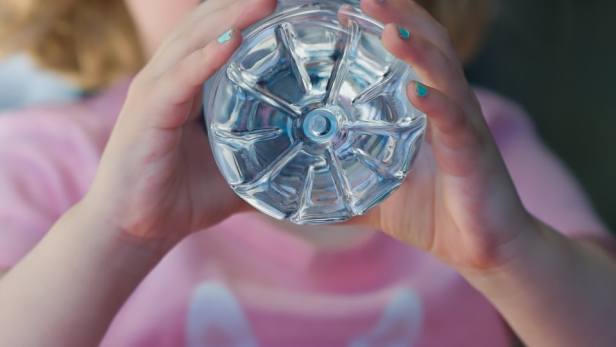[Blog] California holds technical PFAS seminar on state of science and possible future drinking water regulations
By Jonathan King | Squire Patton Boggs | January 7, 2020

Read the full article by Jonathan King (Squire Patton Boggs)
“Last month, the California State Water Resources Control Board (State Board) hosted a comprehensive two-day seminar on per- and polyflouroaklyl substances (PFAS) in California. PFAS are a family of an estimated 4,000-6,300 chemical compounds that have a variety of applications due to their stability in the environment. Although some reports suggest that these chemicals are ubiquitous in the environment, such pervasiveness may be explained by sampling for parts per trillion, in contrast to the parts per billion or million for which most chemicals are sampled.
Presenters at the California PFAS seminar included staff members from the State Board, as well as staff members the Office of Environmental Health Hazard Assessment (OEHHA), and the Department of Toxic Substances (DTSC). All three organizations are sub-agencies of the California Environmental Protection Agency (CalEPA). A representative from California’s Department of Public Health also provided an update on its California Regional Exposure (CARE) PFAS study designed to measure levels of PFAS in people throughout the State. Representatives from the United States EPA (U.S. EPA), and from various members of the scientific, legal, and NGO communities also presented. The conference was widely attended by water supply and waste water treatment providers, technical consultants, NGOs, and lawyers.
Participants generally acknowledged during the two-day seminar that current efforts to regulate PFAS outpace the state of the science and understanding of the comprehensive set of these compounds. Although long-chain legacy PFAS compounds such as PFOA and PFOS have garnered the most attention, relatively little is understood about the prevalence and use of myriad other compounds in the PFAS family, including the newer, shorter chain “NextGen” compounds…
California established some of the nation’s lowest notification levels for PFOA and PFOS in August 2019. At the same time, the State Board indicated it also expected to update response levels for PFOA and PFOS in drinking water sometime in the fall of 2019. (). During the seminar, CalEPA presenters indicated the State was still in the process of closely evaluating possible changes to response levels for PFOA and PFOS but has not yet determined to do so. Longer term, the State Board has been clear of its intent to develop a California public health goal by mid 2021, and an enforceable state drinking water standard (known as a maximum contaminant level or MCL) for PFOA and PFOS. The State has not indicated whether a drinking water standard is on the horizon for any other PFAS compounds…
Nationally in 2019, Congress considered legislation to regulate PFAS as a family, and PFOA and PFOS specifically. Due to the presence of PFAS compounds found at and near some DOD military bases, the focus was on legislating PFAS through the National Defense Authorization Act (NDAA). The House pushed to direct EPA to list the entire PFAS family as hazardous substances under CERCLA, which would function to compel cleanup of PFAS releases throughout the country. The House also sought to require development of a Safe Drinking Water Act MCL for the entire family of PFAS in drinking water. The Senate sought to limit any hazardous substance listing or drinking water MCL to PFOA and PFOS rather than the entire PFAS family. When the Conference Report for the final version of the Fiscal Year 2020 NDAA was released in mid-December, it contained no provisions regarding hazardous substance listing or an MCL. The NDAA Conference Report did include specific bans on applications of PFAS for firefighting training activities and in ready to eat food packaging, a phase out of the military’s use of PFAS-based firefighting foam beginning in 2024, and called for development of information on destruction and disposal of PFAS-based firefighting foam. In response to the final version of the NDAA’s limited PFAS provisions, House leadership has expressed intent to bring a separate House Bill to include all the strongest provisions originally desired by the House…
As local, state, and federal authorities grapple with how to address PFAS compounds, members of the scientific community continue working to understand them. Meanwhile, California has already announced to the public its intention to develop a drinking water MCL for PFOA and PFOS as early as the fall of 2023. Squire Patton Boggs will continue to monitor various efforts to regulate PFAS.”
This content provided by the PFAS Project.
Location:
Topics: